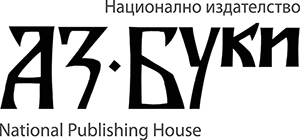Sultan Kowkas1), Saida Affouneh2), Daniel Burgos3)
1)An-Najah National University, Nablus, Palestine (West Bank)
2)An-Najah National University, Nablus, Palestine (West Bank)
3)International University of La Rioja, Logroño, Spain
https://doi.org/10.53656/math2025-3-5-itg
Abstract. Mathematics education increasingly embraces creativity as a necessary element in the growth of students’ problem-solving and critical-thinking skills. This study investigates how teachers’ demographics (including gender, educational level, and experience) influence their practices in promoting students’ mathematical creativity (MC) in Palestinian eighth- and ninth-grade classrooms. A questionnaire of teachers’ creative teaching practices was used to collect data in a quantitative approach. The analysis found notable variations in these practices by teachers’ gender, academic degree, and experience. Creative teaching methods were more common among female teachers, teachers with bachelor’s degrees, and more experienced teachers. The findings identified teaching practices associated with each level of the demographic factors, thereby pinpointing the specific type of targeted professional development needed to promote MC. Moreover, the interaction between education level and teaching experience highlighted the nuanced interplay that shapes pedagogical practices. Emphasizing teacher demographics in these findings reveals new possibilities for promoting MC while offering valuable insights into teacher training and curriculum development.
Keywords: fostering mathematical creativity, mathematical creativity, mathematics teaching practices, professional development
Log in to read the full text


